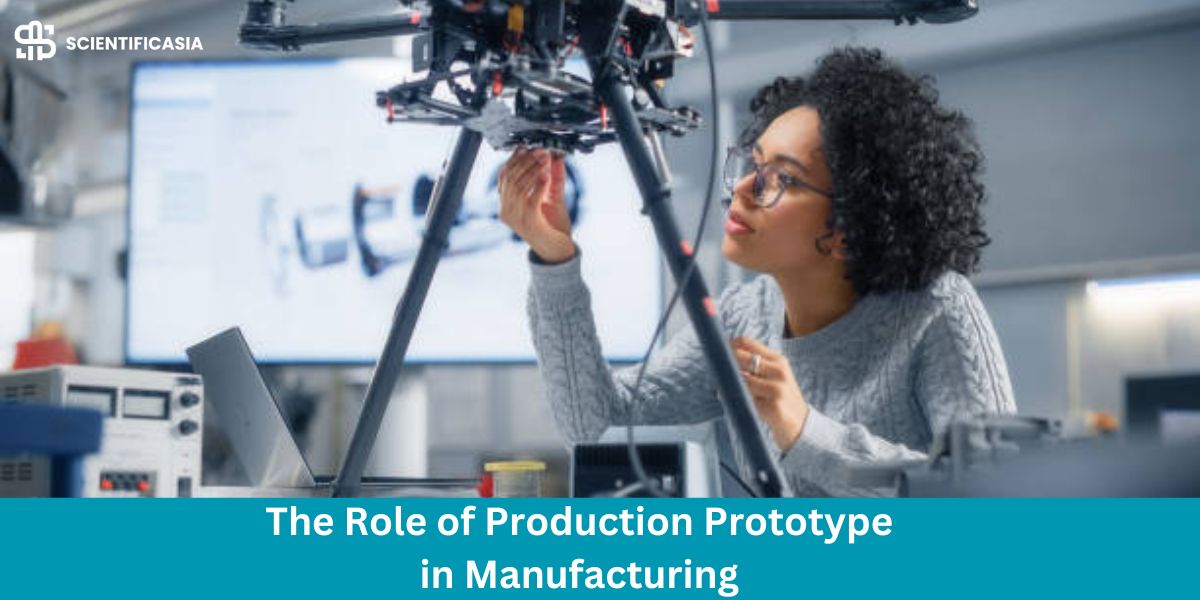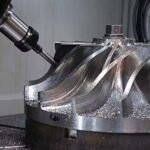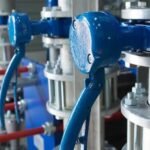Introduction to Production Prototypes
Production prototypes are crucial in manufacturing, serving as tangible representations of product designs earlier than complete-scale production. These prototypes provide valuable insights into the product’s capability, aesthetics, and feel, allowing manufacturers to refine and optimize their designs earlier than mass production.
Nearly the same as the end product, production prototypes demonstrate the product’s performance, functionality, and aesthetic appeal.
Benefits of Production Prototypes in Manufacturing
A production prototype functions as a crucial gadget at the final stage of product development before mass manufacturing. Via the physical representations of design requirements, businesses can accelerate the new brand release cycle, figuring out and addressing potential issues, resulting in significant financial savings.
Also, these prototypes enable engineers and designers to gather feedback from stakeholders and customers to refine the design before production. In other words, production prototypes contribute to introducing extraordinary products that meet or exceed customer expectations.
Technologies for Creating Production Prototypes
Several technologies are available for developing production prototypes, each providing particular benefits depending on the specific conditions.
3D printing, also called additive manufacturing, is for the fast fabrication of prototypes at once from digital designs, making it perfect for complicated geometries and occasional quantity manufacturing runs.
CNC machining offers precision and flexibility, ideal for producing one-off prototypes in a short lead time. To maintain a clean and safe work environment, consider using dust collectors to manage the byproducts of the machining process.
Prototypes can also be developed in materials that closely mimic those used in mass production with other techniques such as vacuum casting.
Case Studies: Successful Implementation of Production Prototype
Many case studies demonstrate prototype manufacturing’s impact on product innovation and marketplace competitiveness. For example, a first-rate car manufacturer carried out manufacturing prototypes to refine the layout of a new electric-powered automobile, optimizing aerodynamics and battery placement for maximum performance.
Similarly, a patron electronics organization leveraged prototypes to behave tremendously, resulting in a telephone design that resonated with clients and outperformed competition in the market.
Challenges and Considerations in Production Prototyping
While manufacturing prototypes provides full-size advantages, they present challenges and concerns that need to be addressed carefully. The cost of creating prototypes, especially when using advanced manufacturing technologies, is one such challenge.
Additionally, choosing the proper materials for prototypes requires careful attention to factors including mechanical properties, thermal stability, and cost-effectiveness. Access to quality industrial supply products is essential for ensuring the reliability and performance of these materials. Furthermore, intellectual property issues can also arise when sharing prototypes with external collaborators and suppliers, necessitating legal protections and safeguards.
Best Practices for Effective Production Prototyping
To maximize the effectiveness of production prototyping, manufacturers ought to adhere to first-class practices. Cross-purposeful collaboration among engineering, layout, and manufacturing teams ensures that prototypes meet product requirements and constraints.
An iterative technique to prototyping allows for continuous refinement and development based totally on comments from stakeholders and customers.
Additionally, leveraging superior tools and software for design, simulation, and evaluation enhances the accuracy and performance of the prototyping manner, leading to higher results.
Also, choosing to work with prototype manufacturing companies can equip businesses with industry expertise and production feasibility.
How Do Companies Manage the Transition From Production Prototype to Full-Scale Manufacturing?
Manufacturers typically follow a structured process to transition from production prototypes to mass production, which may include:
- Conducting final design reviews and approvals
- Scaling up production processes and equipment
- Training and onboarding production staff
- Implementing quality control and monitoring systems
- Closely monitoring the initial production runs for any issues
Conclusion
Production prototypes play an important role in manufacturing, serving as essential gear for product improvement, checking out, and refinement. By imparting tangible representations of design concepts, prototypes allow manufacturers to boost innovation, lessen time in the marketplace, and create products that meet customers’ evolving needs.
Despite challenges of value and material choice, ongoing advancements in technology and best practices promise to improve the effectiveness and accessibility of production prototyping in the future.
Read more:
Accessibe Glassdoor Revolutionizing Workplace Accessibility
Canada’s New Era of Construction: Why Metal Constructions are Gaining Momentum













